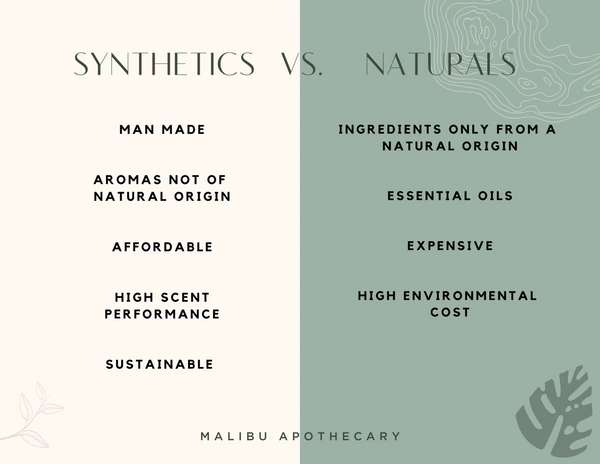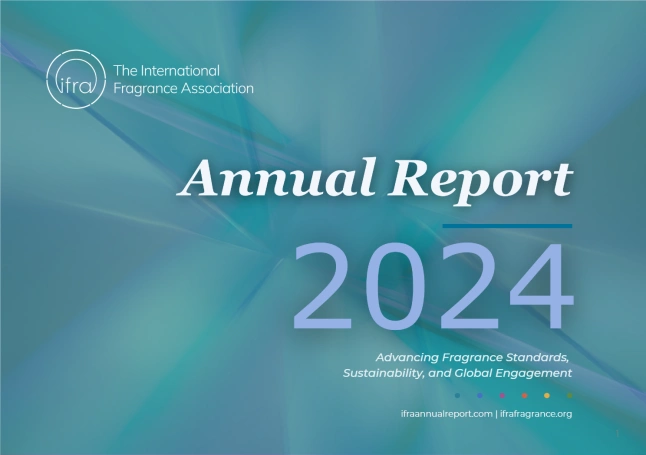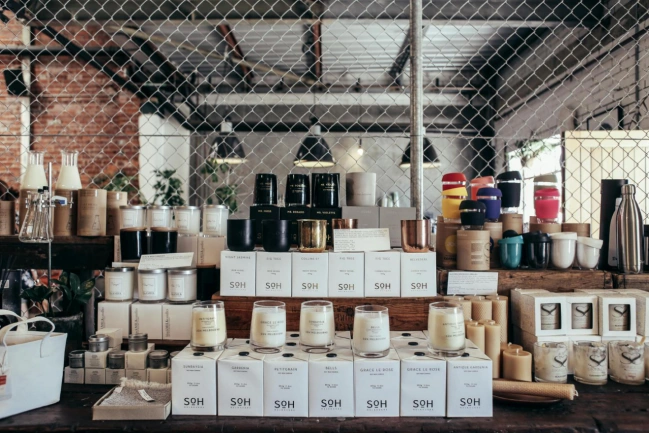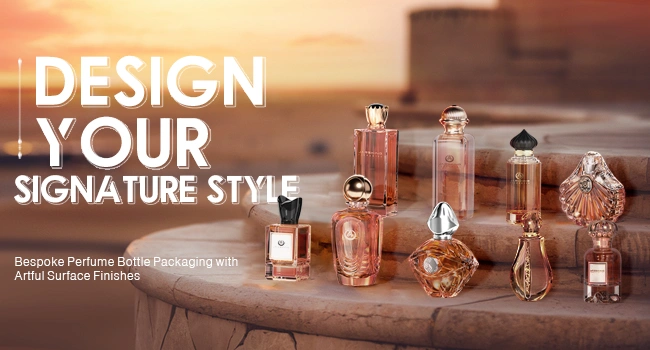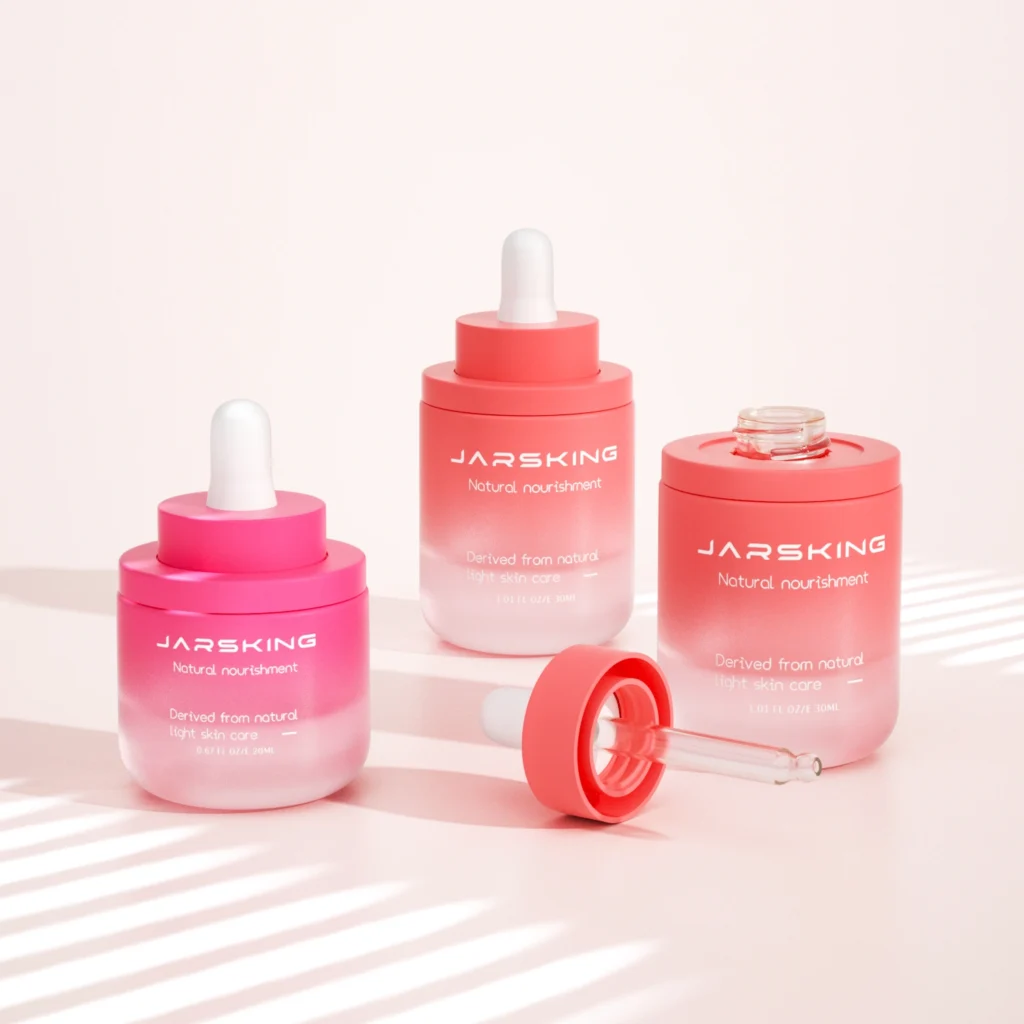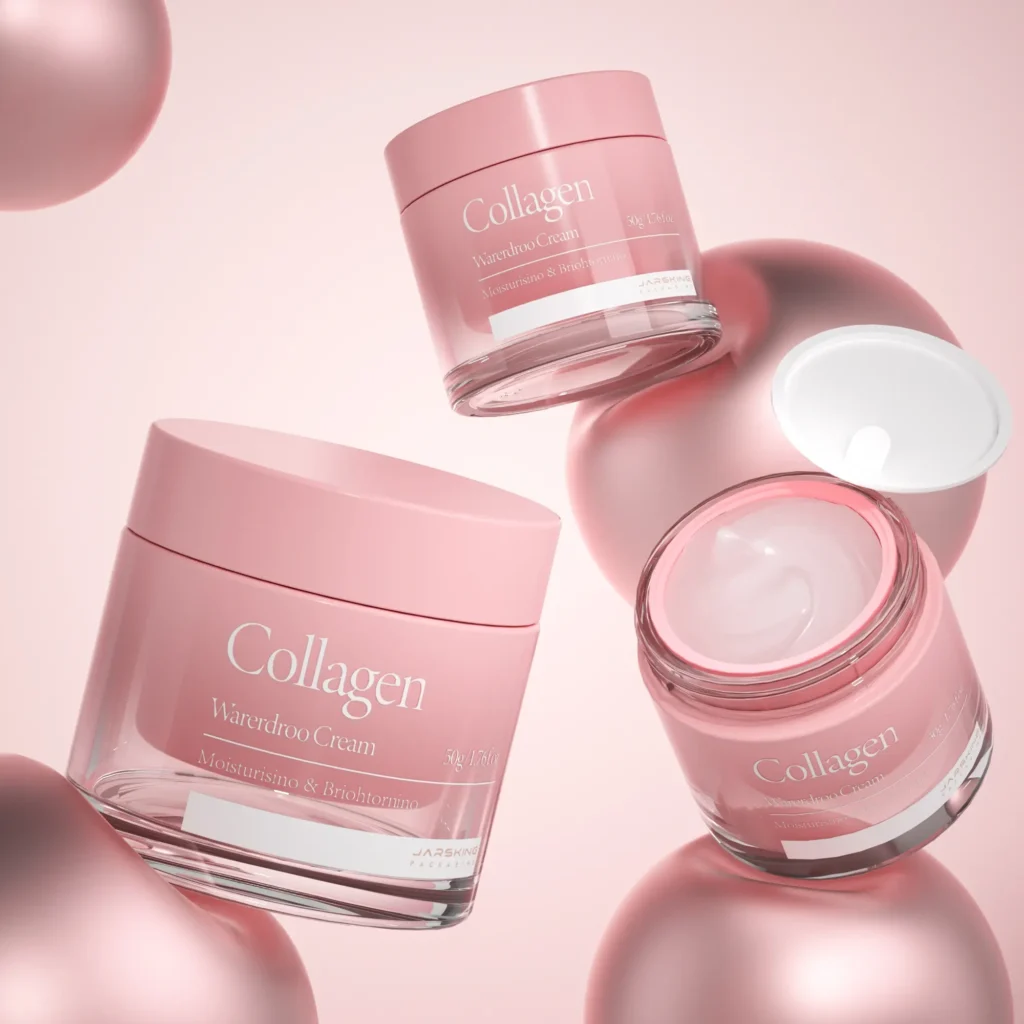Synthetic fragrances represent a complex intersection of chemistry, commerce, and consumer preference that has fundamentally shaped modern life. While these laboratory-created compounds offer undeniable benefits including affordability, consistency, creative possibilities, and conservation of natural resources, they also present legitimate health and environmental concerns that deserve careful consideration.
The evidence suggests that neither synthetic nor natural fragrances are inherently superior from a safety perspective. Instead, the key factors for consumer decision-making should include specific ingredient composition, individual sensitivity patterns, and personal values regarding environmental impact and product transparency.
For consumers seeking to make informed choices about synthetic fragrances, several practical steps can help navigate this complex landscape. Reading product labels carefully and researching specific ingredients can provide insight into potential risks and benefits. Monitoring personal reactions to different products helps identify individual sensitivities that should guide future purchasing decisions.
Those with particular health concerns or sensitivities may benefit from seeking products with greater ingredient transparency or consulting healthcare providers about potential fragrance-related health impacts. Additionally, supporting companies that prioritize safer synthetic alternatives and environmental responsibility can help drive positive industry changes.
The future of synthetic fragrances will likely involve continued innovation toward safer, more sustainable compounds that maintain the performance benefits consumers expect while addressing legitimate health and environmental concerns. As consumer awareness increases and regulatory frameworks evolve, the industry will need to balance innovation with responsibility to maintain public trust and market acceptance.
Understanding synthetic fragrances requires moving beyond simple assumptions about natural versus artificial to appreciate the nuanced realities of modern fragrance chemistry. By staying informed about ingredients, monitoring personal reactions, and making conscious choices based on individual priorities, consumers can navigate the world of synthetic fragrances in ways that align with their health, environmental, and aesthetic preferences.
The ongoing evolution of synthetic fragrance technology promises continued innovation in this essential aspect of modern consumer products, with the potential for safer, more sustainable options that preserve the creative and practical benefits that have made synthetic fragrances indispensable to contemporary life.


















































